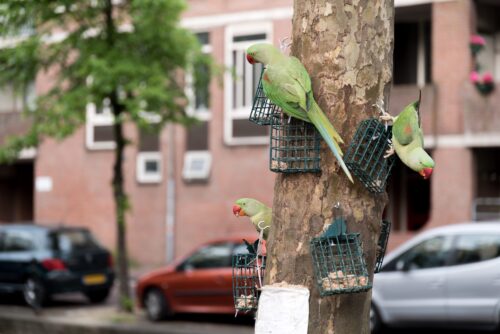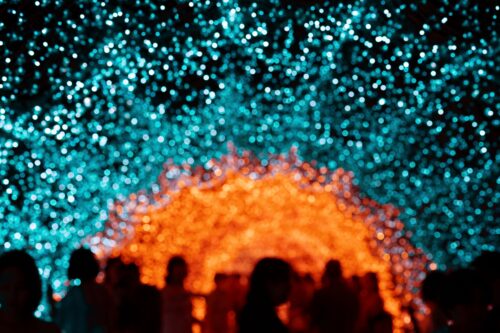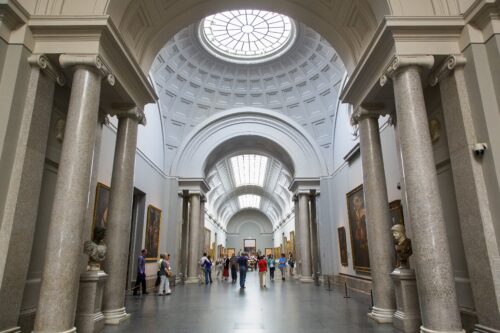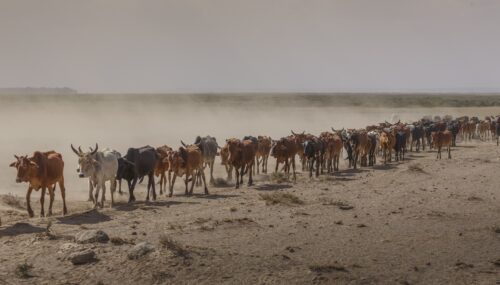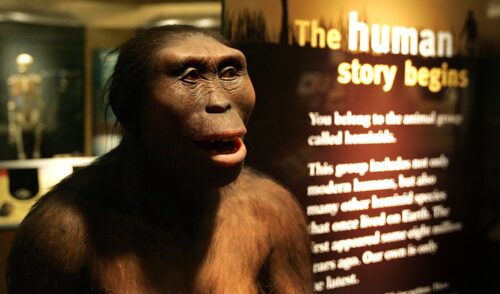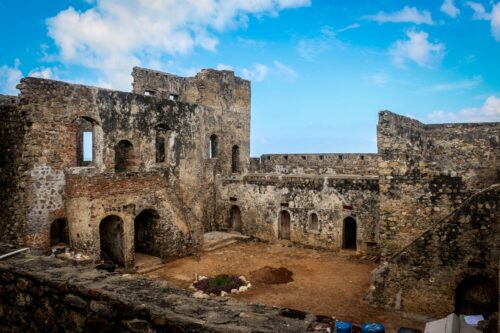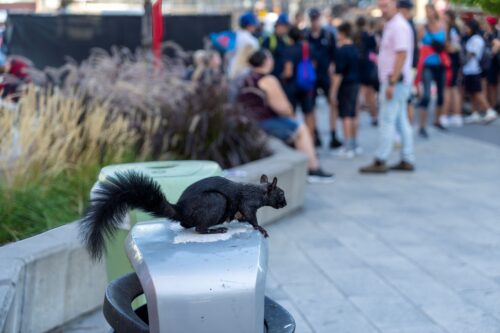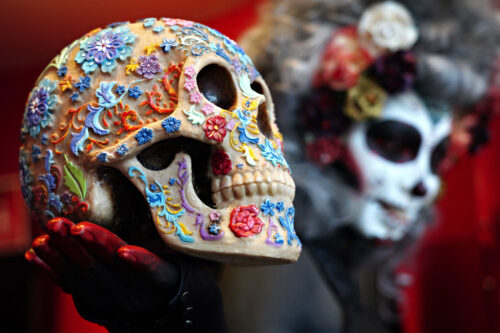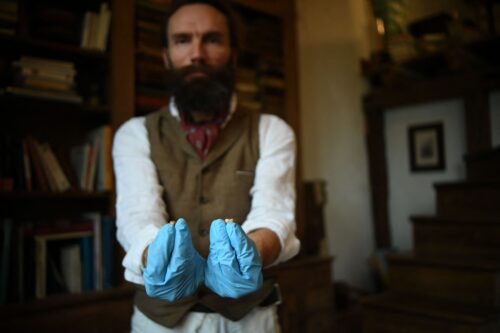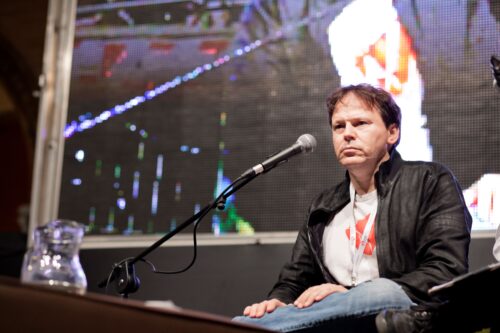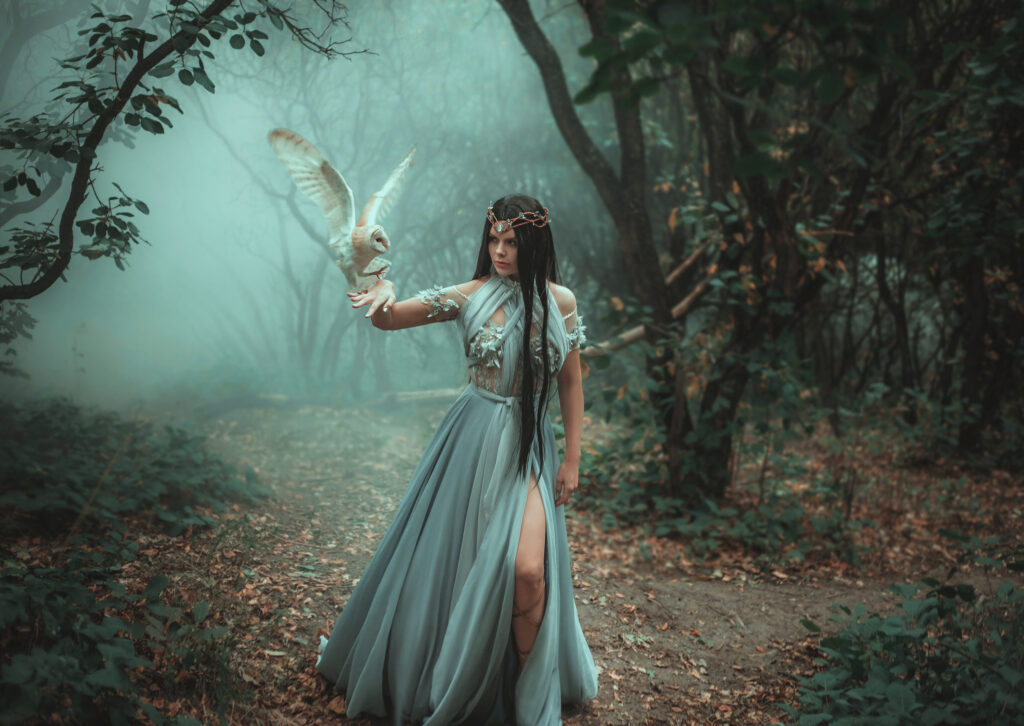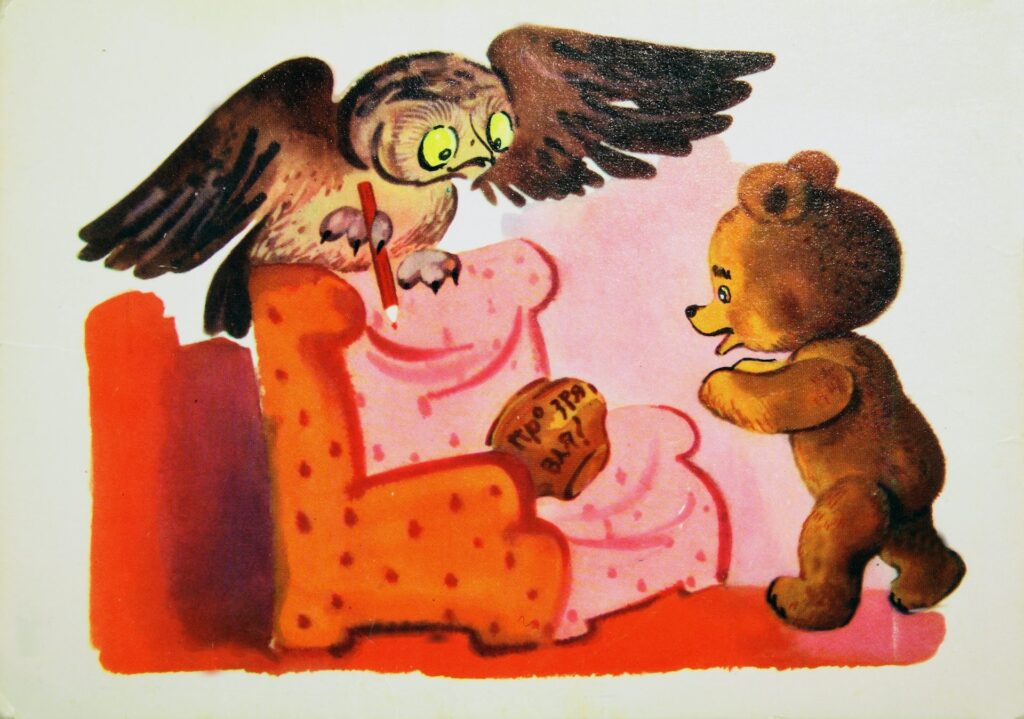What a Community’s Mourning of an Owl Can Tell Us
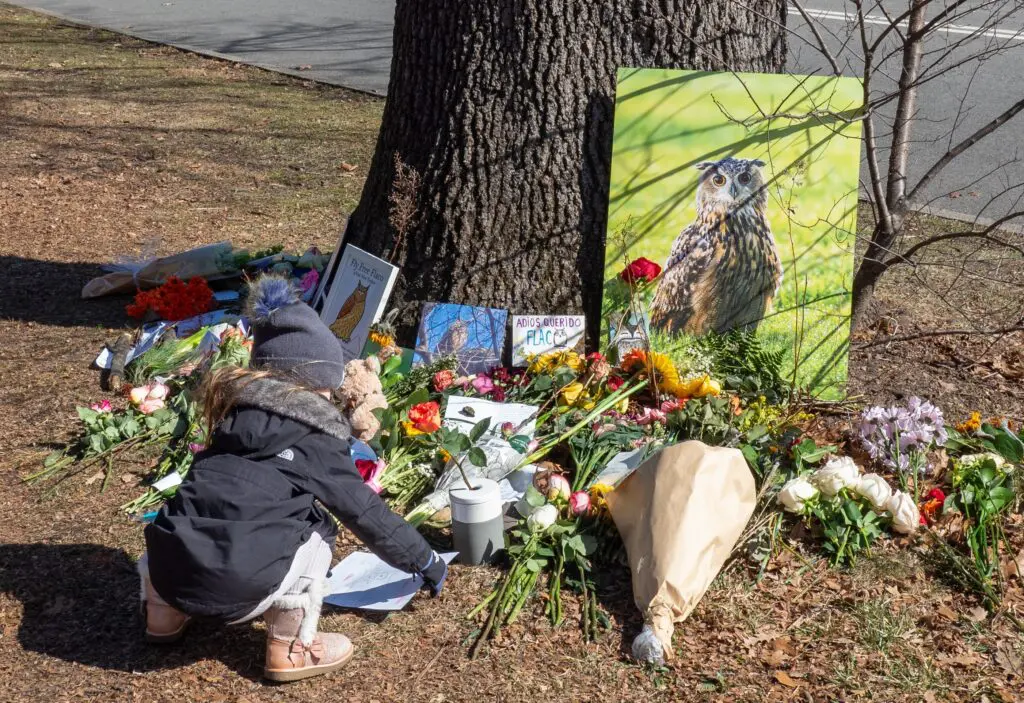
This article was originally published at The Conversation and has been republished under Creative Commons.
THERE HAS BEEN AN outpouring of grief in New York City ever since the beloved Eurasian eagle owl Flaco died on February 23, 2024, after striking a building. In 2023, after escaping from Central Park Zoo, Flaco survived for over a year on his own, captivating New Yorkers.
Mourners are leaving notes and flowers at the base of an old oak tree in Central Park, reportedly a favorite roost of his. Thousands have signed a petition for a statue in his honor. Figure skaters honored him with a show called Fly. Be Free.
This reaction to Flaco’s death would be mystifying for many people around the world. I have spent a decade studying the history of ornithology in Sri Lanka, including local beliefs in the owl as a bird that foretells death. Meanwhile, in some societies, owls were (and are) seen as symbols of wisdom or even of good luck.
But by far the most widespread belief about owls is that they are associated with witchcraft and death.
In much of the world—in some societies in Africa, among African Americans in the U.S. South and some Indigenous peoples of the Americas, and throughout South and Southeast Asia as well as in Europe—owls are seen as harbingers of death. The Cajuns, French-speaking refugees who settled in Louisiana’s bayou country after being driven out of Nova Scotia by the British, feared the screech of an owl.
The American philosopher Henry David Thoreau wrote in his book Walden that owls “represent the stark twilight and unsatisfied thoughts which all have.” Nineteenth- and early 20th-century Americans were more likely to shoot an owl as an undesirable predator than leave flowers at a memorial for one. But Flaco’s year of fame shows the sea change in the way Western cultures have come to regard owls since Thoreau’s time.
BIRDS OF ILL-OMEN
During the Tang dynasty, which ruled China from the seventh to the 10th century, owls were thought to bring bad luck; they were despised for supposedly eating their mothers. The Aztec god of death, Mictlantecuhtli, is accompanied by an owl. Jahangir, one of the Mughal emperors of India, sought to control the sale of owl meat in his empire because it was believed to be an ingredient for sorcery.
Such beliefs also prevailed in Europe. The Roman philosopher Pliny the Elder, who died in the eruption of Mount Vesuvius, said the owl was a “monster of the night … [and] a direful omen.” In the European Middle Ages, owls were thought to accompany witches. No wonder, then, that J.K. Rowling has Harry Potter’s mail delivered by an owl.
The French call the barn owl chouette effraie des clochers, literally, “the scary owl of the bell towers.” William Shakespeare made use of the idea that owls foretold death in many of his plays. For instance, Lady Macbeth says, “It was the owl that shrieked,” foretelling the murder of Duncan by her husband.
These beliefs lingered in England until World War II when they began to disappear.
THE LEGEND FROM SRI LANKA
For centuries, people living in rural areas in Sri Lanka have believed in a “devil bird,” or ulama in the local Sinhala language, which foretold a death.
The basis of this belief was a legend that told of a man who, to punish his wife, gave her the flesh of her murdered child to cook. On discovering the truth, she fled screaming into the jungle. As the legend goes, she was turned into the ulama by the gods. In some versions of the tale, she was reborn as the devil bird.
Ever since, she is believed to haunt the jungle, her terrible cries foretelling a death in the community of whoever happens to hear them.
Such beliefs made sense to British colonizers, including planters carving out coffee estates in remote forested areas during the 19th century. They would have heard strange, blood-curdling cries from the forests that surrounded their houses. The local villagers’ explanations for these cries would have made sense to them. The British, after all, also came from a society where superstitions concerning owls—the definitive birds of the night—were a part of folk belief.
The identity of the ulama was extensively debated throughout the 19th and early 20th centuries by ornithologists, who attributed these night sounds to some species of owl. Colonial British ornithologists eventually determined that the ulama was a species of large owl, probably the spot-bellied eagle owl. The identification is said to have been clinched when an eagle owl was shot one moonlit night by a planter while it was making the ulama’s cry.
CELEBRATION OF OWLS TODAY
The development of both the scientific knowledge of birds and the popular hobby of birding has given people who live in the U.S. and Britain a decidedly different take on owls. Urbanization may also have something to do with it. Sri Lankan beliefs in the ulama, for example, are much less prevalent in urban areas than in the countryside.
In popular literature and culture in North America and Britain, owls have had their reputations rehabilitated. In A.A. Milne’s Winnie-the-Pooh, Owl is a likable bird who does his best to be intelligent and erudite. The National Audubon Society, one of the oldest bird conservation organizations in the U.S., sells cuddly owl toys that will hoot when squeezed. There’s even an annual International Festival of Owls in Houston, Minnesota, where owls are celebrated.
That New Yorkers want to erect a memorial to Flaco is a remarkable instance of the ongoing rehabilitation of a group of birds that are charismatic, fascinating, and quite undeserving of the bad rap they’ve been given over thousands of years.





